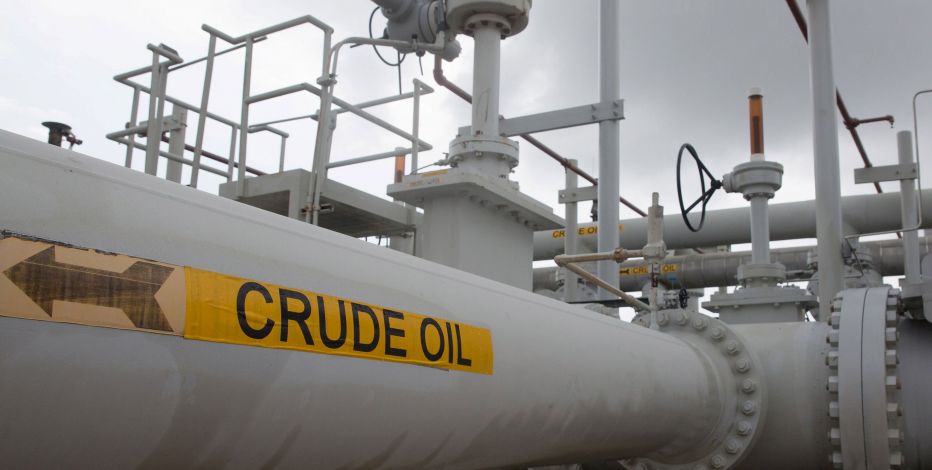
Oil prices fell on Wednesday, weighed down by the rebound of the U.S. dollar further away from three-year lows hit last week.
Continue Reading Below
An expected rise in U.S. oil production also weighed on prices, traders said.
U.S. West Texas Intermediate (WTI) crude futures were at $61.32 a barrel at 0307 GMT, down 47 cents, or 0.8 percent, from their last settlement.
Brent crude futures fell 39 cents, or 0.6 percent, from their last close to $64.86 per barrel.
Wang Tao, Reuters technical commodity analyst, said Brent could fall into a range of $63.92 to $64.41 per barrel, as suggested by its wave pattern and a projection analysis.
Traders said the declines were driven by a recovery in the dollar, which potentially hits fuel demand as it makes greenback-denominated oil imports more expensive for countries using other currencies.
The dollar index, which measures the greenback against a basket of six major currencies, rose for a second day on Wednesday, moving further away from the three-year lows reached last week as traders shaved off some bearish bets against the U.S. currency.
“The U.S. dollar continues to find firmer footing,” said Stephen Innes, head of trading for Asia-Pacific at futures brokerage OANDA in Singapore.
Also pressuring prices is surging U.S. production, now the world’s second-largest oil stream at more than 10 million barrels per day, only slightly behind Russia and ahead of top exporter Saudi Arabia.
“Bulging U.S. production will weigh on prices,” said Singapore-based Phillip Futures in a note on Wednesday.
The next set of weekly U.S. oil production data is due to be published by the Energy Information Administration (EIA) on Thursday after a one-day delay because of the President’s Day holiday on Monday.
That data will also include U.S. inventory figures that are expected to show crude oil stockpiles rose 1.3 million barrels in the week to Feb. 16, according to a Reuters poll. Oil product stockpiles, including gasoline and distillate fuels, are all expected to decline.
Despite the rising U.S. output, overall oil markets remain well supported due to healthy demand growth and supply restraint by the Organization of the Petroleum Exporting Countries (OPEC) that started last year to draw down excess global inventories.
(Reporting by Henning Gloystein Editing by Joseph Radford and Christian Schmollinger)
Continue Reading Below
Advertisement
